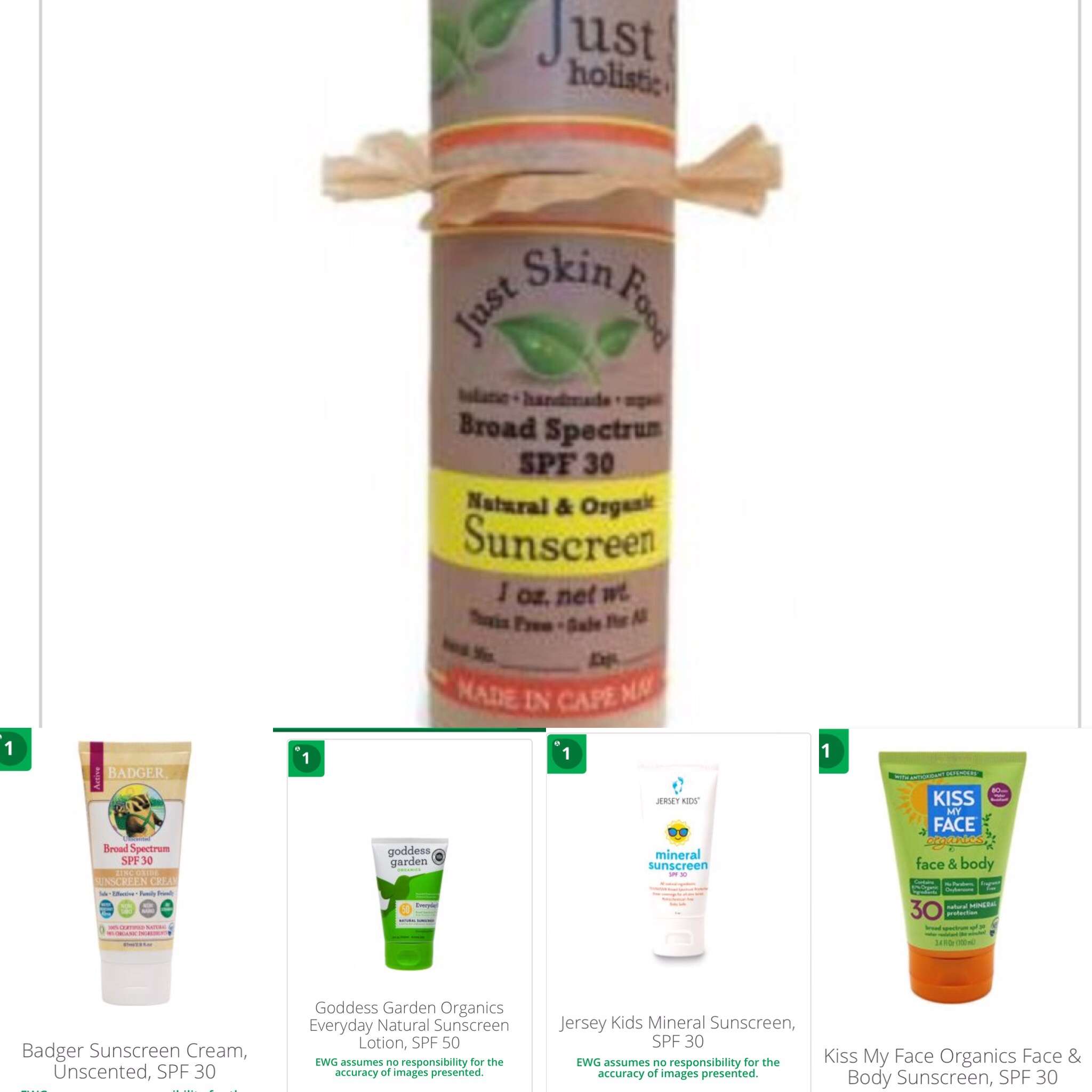It is supposed to be a time of remembrance and gratitude. Somehow it became the start of the summer season- for many it heralds beach, BBQ and a fast, fun weekend getaway. Either way you're going to be outside, reuniting with our old friend the sun!
Now I know many of you. If you had a Facebook relationship with the sun - the status would be "it's complicated." But do we needlessly bring drama to our "al fresco" table?
I say we bring some "sunny disposition" back to the relationship, and rekindle a coy courtship with our summertime love. Let's not take it too seriously. A short, fun fling can be good for body and soul!
As in ANY healthy relationship- balance is the key. Let's not get obsessed people. That's where the trouble always starts. So stop looking for every scary thing in your sun's past. Start a new and have some fun, just with some sense and caution! Now go ahead. Get excited about your date and pick out your finest shades, sun frock, suit and floppy hat. Go frolic and flirt. Here's how NOT to get burned this time 😘:
FACTS About Sun Protection:
Avoid oxybenzone, a synthetic estrogen that contaminates the body. Zinc & titanium dioxide are minerals that reflect rather than absorb rays. Chemical blocks absorb, rendering rays invalid upon contact. These chemicals penetrate deeper & also trap the heat, creating inflammation. Inflammation= sunspots, cancer, etc. Mineral SPF provide both UVA & UVB protection & they are non-irritating as well as non-allergenic.
Eating vitamin A-laden veggies is good for you, but spreading vitamin A on the skin is not. New data shows that tumors and lesions develop sooner on skin coated with vitamin A-laced creams. Vitamin A, listed as “retinyl palmitate” on the ingredient label, is in 41 percent of sunscreens. Avoid them. It makes your skin burn. Think yabout it. What is the first thing a dermatologist tells you when they give you Retin-A? Stay OUT of the sun. So WHY would you put such an ingredient in your sun protectant?! 🙄
"Government test data shows more skin tumors and lesions on animals treated with this ingredient and exposed to sunlight. In 2010, when EWG first voiced concerns about this additive, nearly 40 percent of the products we reviewed contained vitamin A. Since then, the use of this troubling ingredient in sunscreens has dropped by more than half, and it was in only 14 percent of the products we surveyed for 2017. 👏🙌w
In 2011, the Food and Drug Administration set new sunscreen rules that removed some of the most egregious false marketing claims, like “waterproof” and “sweatproof,” from product labels. But the FDA allowed most sunscreens to claim that they play a role in preventing skin cancer. There is little scientific evidence to suggest that sunscreen alone reduces cancer risk, particularly for melanoma, the deadliest type of skin cancer. Despite a growing awareness of the dangers of exposure to the sun’s ultraviolet radiation, and a multi-billion dollar sunscreen industry, melanoma rates have tripled over the past three decades." - The EWG
$eal of approval?
The Skin Cancer Foundation (SCF) lends its logo to 100's of spf's. SCF approval is easy: product is at least SPF 15 & water/sweat resistant,(if such claims are made), then PAY a $10,000 donation to join the SCF’s “Corporate Council”.
According to the latest science, sunscreen likely protects against only one of three kinds of skin cancer, and not against melanoma, the deadliest form. Melanoma is responsible for 75 percent of all skin cancer deaths.
“FDA is not aware of data demonstrating that sunscreen use alone helps prevent skin cancer”. The International Agency for Research on Cancer agrees. IARC recommends clothing, hats and shade as primary barriers to UV radiation and writes that “sunscreens should not be the first choice for skin cancer prevention and should not be used as the sole agent for protection against the sun”.
So stay pale & proud with a touch of nice bronzer and get 10 minutes of some safe sun! Don't be a vampire! Most people don’t get enough vitamin D, which skin manufactures in the presence of sunlight.
In addition to food, yes food! A diet high in good fats, antioxidants and vitamin c can dramatically reduce your risk of sundamage AND getting a sunburn. It has been clinically proven that such a diet really does work in preventing the negative sun scariness, so many of you fear! A few minutes of sun daily on your bare skin (without SPF) is healthy. It helps prevent cancer, improve muscle & immune function, reduce inflammation, promotes the absorption of calcium from the small intestine, & maintains blood levels of calcium & phosphate needed for bone health. You can get a lovely sun-kissed look and your dose of vitamin D if go out in early morning (before 9am in subtropical sun like FL, before 10 am in normal places) or late afternoon (after 2pm in FL, 3pm in normal places) when the sun is lower in the sky. UV radiation peaks at midday, when the sun is directly overhead. This is also peak crispy critter time.Now for the moment you have all been waiting for!
2017's browpixie Top 5 Sun Protectant Picks:




